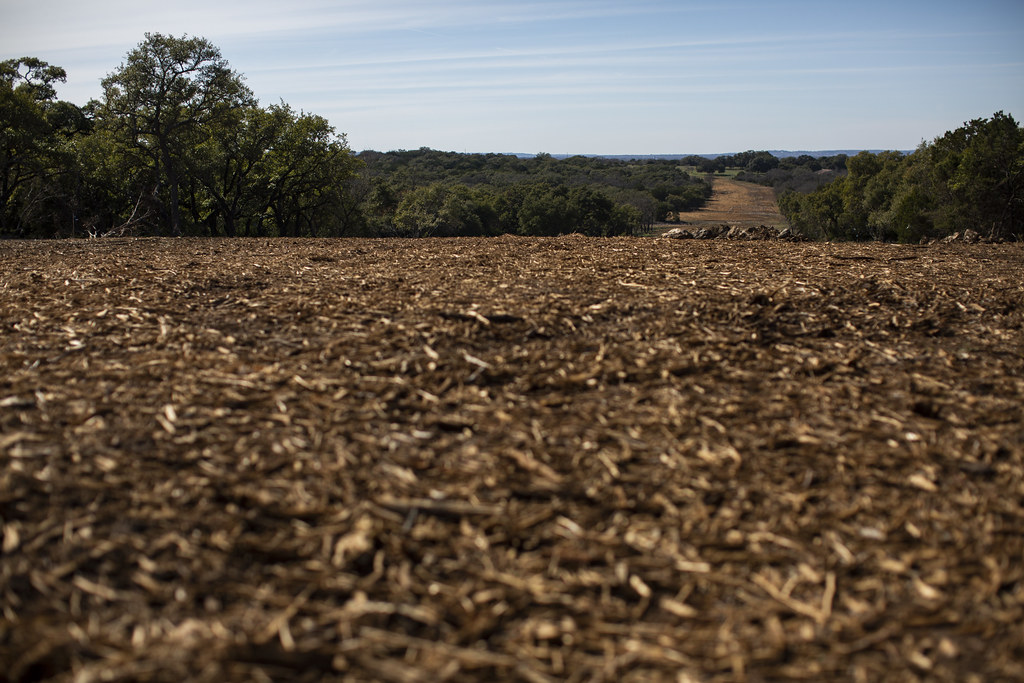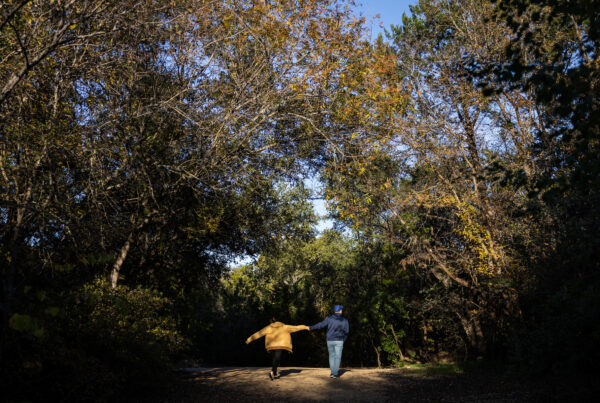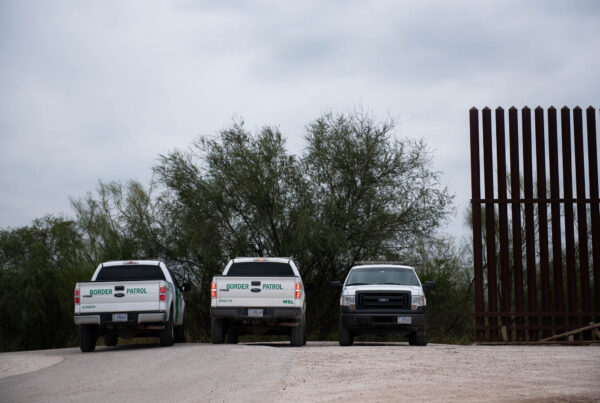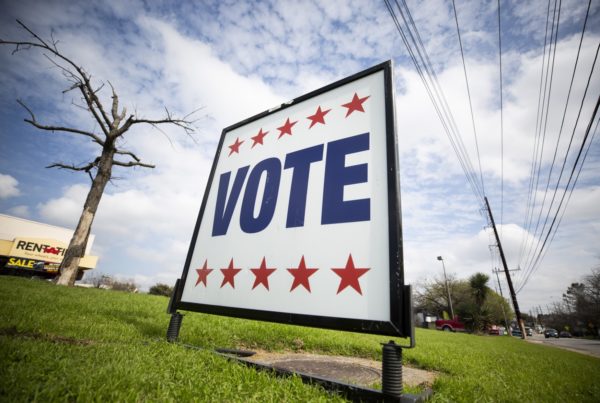There’s a new luxury development coming to the Hill Country. CB Wine Tourism – a Mexican real estate company – purchased 218 acres between Fredericksburg and Johnson City to build homes, a spa, restaurants and retail amid the numerous wineries along Highway 290.
Projects of this kind have become more common in the beautiful, rural area just west of Austin and San Antonio. The development, however, raises major concerns about its future.
Katherine Romans, executive director of the Hill Country Alliance, spoke to the Texas Standard about what’s driving growth in the area.
This transcript has been edited lightly for clarity:
Texas Standard: So for folks who may not be familiar, can you just describe the kind of population growth that the Hill Country has experienced in the past decade or so?
Katherine Romans: When we think about the things that really define the Hill Country, it both is defined by its natural resources, its stunning scenery, but also its growth. It routinely falls among the fastest growing places in the entire country, especially close to the I-35 corridor, where you have communities like Hays County, Comal County and Kendall County that have been among the top 10 fastest-growing counties in the country for years now.
Did this accelerate as far as you can tell during the pandemic?
Absolutely. I think people kind of intuitively felt that acceleration during the pandemic. And it stands to reason, because a lot of people during the pandemic were really looking for connection to nature, looking for space.
The number of transactions of land sales that were happening during and immediately after the pandemic, the cost of land in the Hill Country really accelerated dramatically. We’ve seen a little bit of a leveling off, but we know that the developments that were kind of started in the pandemic are only going to continue to come online.
So who, if anyone, is trying to manage this explosive growth?
Yeah, it’s a great question. Because a lot of folks would intuitively say we don’t have the the resources to support this level of growth. We are a region that is really defined by drought and has limited surface waters, as well as limited aquifer resources. And so there are a lot of folks concerned about the rate of growth that we’re seeing.
Unfortunately, in the state of Texas, we’re the only state in the country where outside of incorporated municipalities, we really have very few tools to plan for and manage growth. So we are the only state in the country where counties don’t have anything in the way of land use management tools.
And so that means that when development is happening outside of incorporated communities, whether those are urban areas like Austin or San Antonio or more rural communities like Johnson City or Fredericksburg, there’s not a lot that the county commissioners court can do to direct or guide growth in a way that’s beneficial for the communities.
So we’ve done some research into just how much of the growth that we’re seeing in the region is happening in those unincorporated areas, and it turns out that most of the growth that we’re seeing is happening in counties.
» GET MORE NEWS FROM AROUND THE STATE: Sign up for Texas Standard’s weekly newsletters
Who are the sorts of people moving here? Are they people who are able to work remotely? Are they are retirees? Are they folks who want a second home and are out there all the time? All those kinds of people?
I think it’s a little of all of those kinds of people, for sure: More and more folks who are looking to have their kind of country getaway, especially as the cities of Austin, San Antonio and the I-35 corridor are growing. Folks really want, you know, their weekend retreat in the Hill Country.
I get this sense a lot when I talk to long time landowners, multi-generational Central Texas, families that feel kind of the loss of connection, the loss of community, of knowing your neighbors. With new folks, especially those who aren’t there all the time, it’s just a challenge.
In some places that may not be seeing their permanent population, their census numbers, growing up dramatically, they may still be feeling the impacts of growth, which is the same number of new rooftops and driveways and infrastructure required to support those homes, even if they’re not getting the population growth itself.
What else gives you optimism when you think about the future of this region and its resources?
That central fact that folks are called to the Hill Country because of the quality of life that we enjoy here, the flowing rivers and creeks, the rural communities and charming downtowns – I feel like that, you know, intrinsically makes a really strong community of advocates that can speak up when we do see problematic impacts of development.
And so we’ve seen just a huge expansion in the number of grassroots community groups that are working across the region, whether they be dedicated to a specific issue, like the protection of the Llano River or working to raise awareness of the importance of our dark skies and our view of the Milky Way. There’s just a broad diversity of folks who are coming together with a shared interest in the conservation of the Hill Country. That gives me a lot of optimism.















